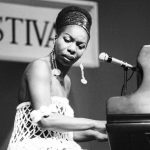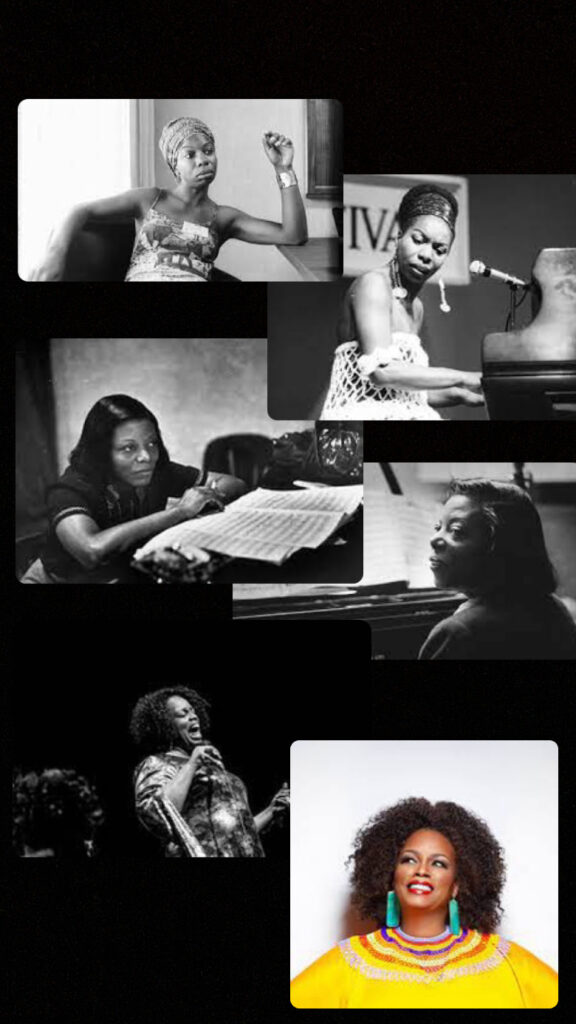The exploration of the musical contributions of three iconic female jazz artists Nina Simone, Mary Lou Williams, and Dianne Reeves reveals the distinctiveness of their techniques and its impact culturally and globally. Their unique voices help the progression within the jazz genre.
Nina Simone

An American singer, songwriter, pianist, composer, arranger, and civil rights activist. Nina started playing piano at the age of 3; she excelled in that talent and later took classical music training at the Juilliard School in New York. Her music spanned styles including classical, folk, gospel, blues, jazz, R&B, and pop. The sixth of eight children born into a low-income family in North Carolina, Simone initially aspired to be a concert pianist.
Mary Lou Williams

Mary Lou Williams was a swing and bebop icon, one of the greatest jazz pianists, composers, and arrangers of all time. “The Lady Who Swings the Band” also devoted herself to aiding musicians in need and teaching younger generations about jazz’s rich African-American heritage. She wrote hundreds of compositions and arrangements and recorded over a hundred records. Mary Lou Williams’s versatility and contributions to various jazz sub-genres solidified her legacy as one of the most important and influential figures in the history of jazz music.
Dianne Reeves

She is a renowned American jazz singer known for her powerful and versatile voice. She has been recognized as one of the pre-eminent jazz vocalists in the world. Reeves has released numerous albums, won multiple Grammy Awards, and collaborated with many distinguished musicians. Reeves’ ability to blend these genres while maintaining a distinctive and recognizable style has solidified her reputation as a versatile and accomplished artist in the world of jazz and contemporary music. Reeves’s vocal style is deeply rooted in the jazz tradition, and her performances often reflect a strong understanding of various jazz styles, including bebop, swing, and contemporary jazz.
Similarities in technique -
Piano Prowess:
Nina Simone and Mary Lou Williams were accomplished pianists known for their expressive and innovative piano playing. While Dianne Reeves is primarily a vocalist, her collaborations with jazz musicians often involve intricate piano accompaniments.
Blues Element:
Blues elements, such as soulful vocals and emotive storytelling, are present in the music of all three artists. They draw from the blues tradition to convey deep emotions and narratives in their songs.
Emotional Depth:
All three artists are recognized for the emotional depth of their performances. Whether through Simone’s powerful and emotive voice, Williams’ intricate piano compositions, or Reeves’ soulful interpretations, they convey a strong sense of emotion and connection with their audiences.
All three artists have significant connections to jazz, incorporating elements of improvisation, swing, and the broader jazz tradition into their music.
Differences in Technique
While all three artists are associated with jazz music, they have distinct styles and genre preferences. Nina Simone was known for her versatility and ability to blend various genres such as jazz, blues, R&B, and gospel. Her strong voice and emotionally charged performances made her a standout in the industry. Mary Lou Williams was celebrated for her contributions to swing and bebop, showcasing her technical prowess as a pianist and arranger. Dianne Reeves is known for her smooth, soulful jazz vocals, with influences from R&B and Latin jazz, often incorporating contemporary elements into her music.


